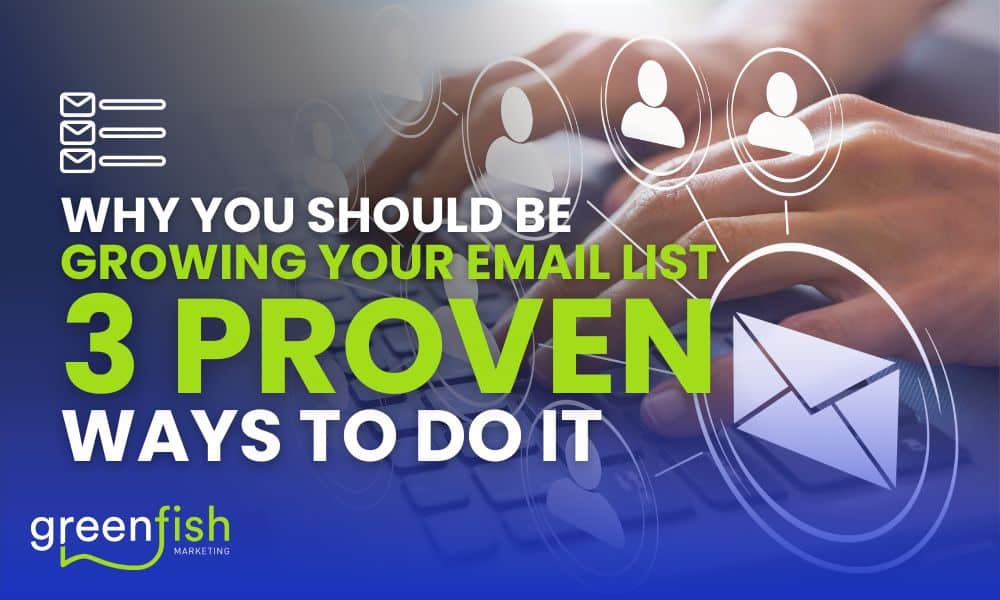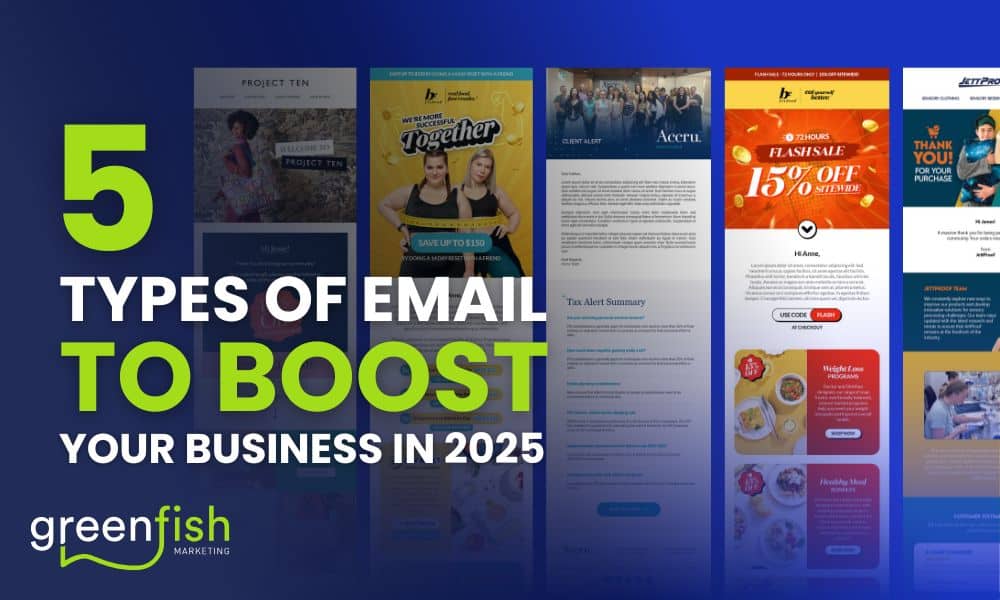A recent survey found that 89% of respondents read at least one online review before they consider buying a product or service. That’s almost 9 out of 10 people. That’s why reviews matter.
Interestingly enough, they don’t all have to be positive reviews either. In fact, 62% of those surveyed went on to say that they’d continue to do further research if they were only finding five star or positive reviews. There’s something really authentic about being not quite perfect and that helps people build trust in your brand.
So how do you get people to tell others about what they love about your brand, or the things you could do better?
Why Reviews Really Matter
Shopify gets it. One of the best ways reviews can help your business is to give you information that you can use to create personalised customer experiences.
Because this is the thing. Not only do reviews help you get business, but they can also help you grow your business. Something that we see often is that either people haven’t had a review strategy until they get enough bad reviews to potentially impact their business or they’re trying to grow.
Those bad reviews aren’t a huge deal – but because most online reviews work off an average score, if you aren’t getting enough balanced feedback published, it only takes one or two lower scores to bring your ranking down and that can falsely make it look like you’re not a good business to work with.
Start With Google
Think about where you go to find out your information – you “google it”, right?
So do your customers.
Your Google Business Listing can be one of your most valuable pieces of digital real estate. Not only can a properly set up and optimised Google listing boost your search engine rankings, but it can provide a way for people to leave and read reviews of your products and services.
It’s also a platform nearly everyone is comfortable using and they don’t need to create separate or special logins to access. Remember the golden rule of making it simple to do business with you – this goes for reviewing doing business with you too.
Ask for Reviews
It might seem obvious but don’t be shy to let your customers and clients know you’d like them to consider reviewing you.
You’ve probably been on the receiving end of some follow up emails from brands and businesses you’ve purchased from, encouraging you to either review the product or let them know how you did.
This plays an important role in the customer lifecycle. Not only does it enable a way to keep the conversation and engagement going at the “end” of their interaction with you but it gives you valuable insight you can use to shape your customer experience.
It’s also effective because it helps you direct where the information is being written about you, which makes it easier to use the review data in your decision making.
Review Your Reviews
It might seem obvious but make an effort to know what is being said about you online.
In addition to your own channels like your Google listing or Facebook profile and possibly your own website or sales channel, there are a number of third party review sites on the internet.
Some are niche or industry specific like Trip Advisor and Yelp, others are more general in nature.
Make it part of your business workflow to monitor your reviews, and action them accordingly, both by responding and considering how you can use the feedback in your business operations.
When you’re reviewing your reviews, look for what people are actually saying. Don’t take positive or negative feedback too personally.
Remember what people say isn’t always what they mean so a comment like “postage took awhile” could easily be written off as “I can’t help that it’s the postal service’s fault” where it may actually be a sign that you need to revisit how you communicate delivery expectations with customers, provide tracking or some other solution.
At the same time, remember if it isn’t broken don’t fix it. If you have the odd one or two people complaining about or criticising something others usually praise, there probably isn’t an issue that needs addressing; they just weren’t for you.
Breathe Before You Reply
How a business handles their online reviews can make or break the impact it has on the business.
You’ve probably seen some of the more extreme cases in the news – such as this conflict between a New York City pizza shop and a customer.
Nobody wants to get a bad review. Sometimes you know they’re coming just from your interaction with the customer. Sometimes they blindside you and seemingly come out of nowhere. Sometimes they have some validity, sometimes they don’t.
Either way, know that you will be judged for how you reply and even if you reply by people so make sure you keep your responses constructive, considerate and solutions focused.
People aren’t going to mind if one or two people don’t like you. They will mind if they see a scathing, passive aggressive or canned response to criticism.
Try not to just copy and paste the same reply to every review as this can come across as insincere. A good reply ratio is to address 100% of “negative” reviews, such as those that had 1 or 2 stars and at least 25% of “positive” reviews.
If there’s no context to the review, and just a 1 star given, a good template to use might be:
Sorry to hear we didn’t meet your expectations. If you’d like to get in touch with us to discuss your experience and see if we can resolve any issues you had, please call/email …
Know Your Net Promoter Score (NPS)
There’s actually a step further you can take your customer experience ratings and reviews – by understanding your Net Promoter Score (NPS). This is how you understand those people who may or may not leave a review of their experience but will either recommend you, take no action, or actively not recommend you. Powerful data, right?
No matter where you are on your reputation management journey – a new business wanting to make the most of your review potential; an established business wanting to better understand the people who buy from you or someone who needs some help, Greenfish Marketing can help.
To read all about one of our NPS case study, where we helped a client improve their Google My Business rating from 1.8 stars to 4.6 and counting, please click here.
Get in touch to find out more today.



